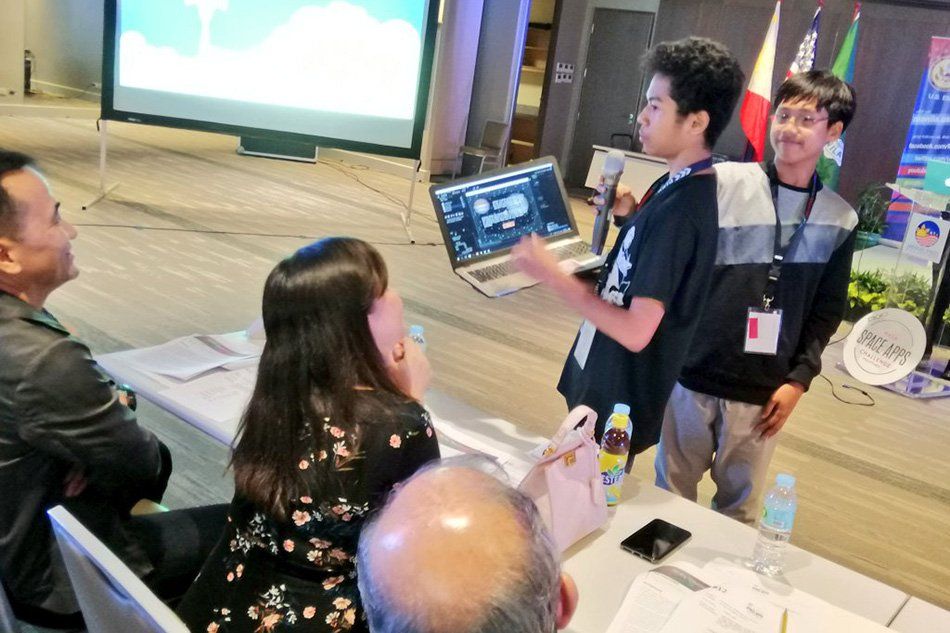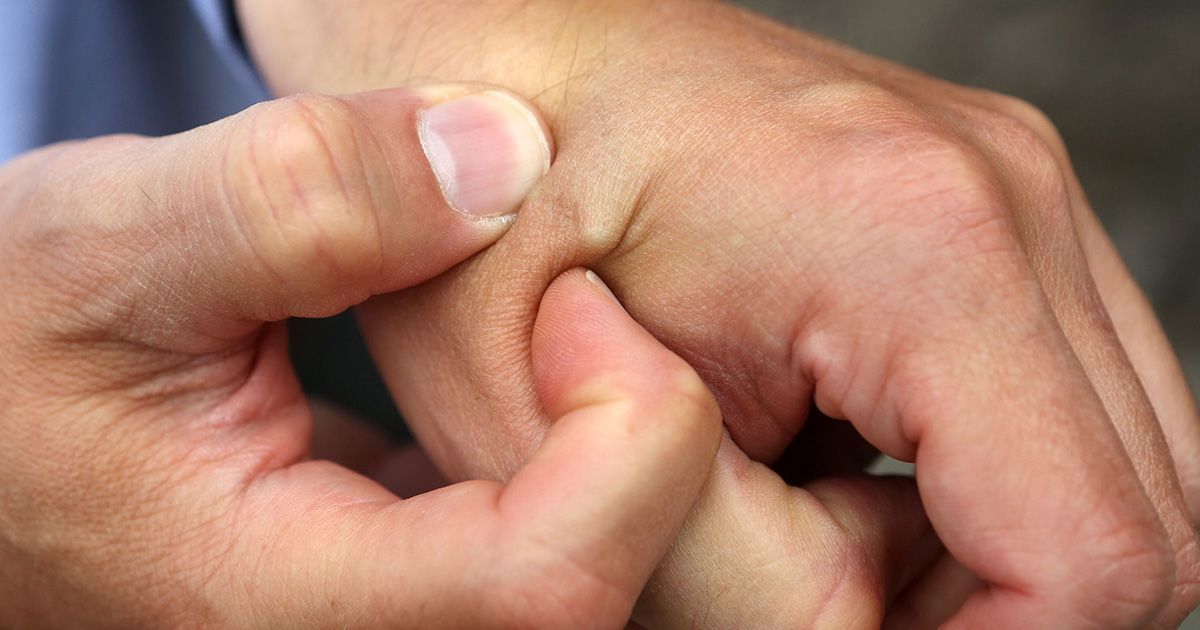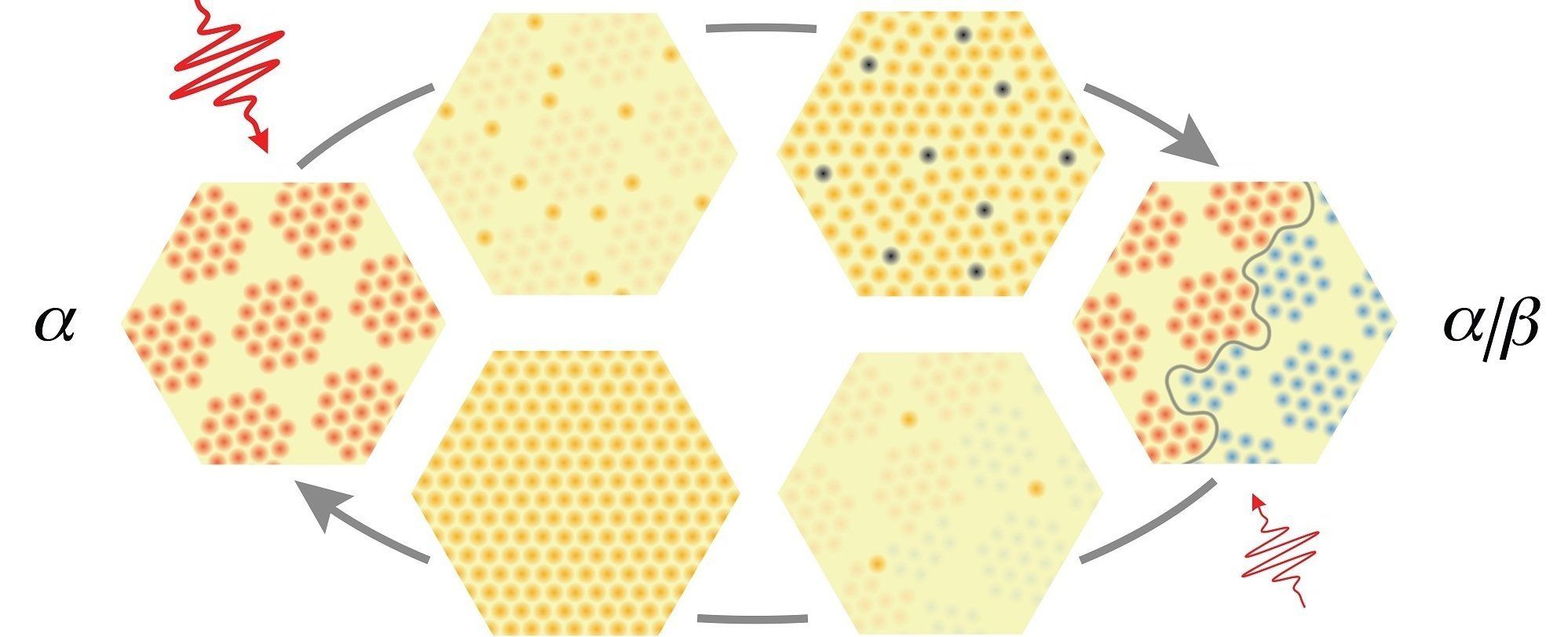A shoutout to our country’s young visionaries!
One app allows users to contact each other when telecoms break down during disasters; the other gives fishermen information on weather conditions before fishing and where they should fish.



Salty water just below the surface of Mars could hold enough oxygen to support the kind of microbial life that emerged and flourished on Earth billions of years ago, researchers reported Monday. Current latest trending Philippine headlines on science, technology breakthroughs, hardware devices, geeks, gaming, web/desktop applications, mobile apps, social media buzz and gadget reviews.

Biohacking raises a host of ethical issues, particularly about data protection and cybersecurity as virtually every tech gadget risks being hacked or manipulated. And implants can even become cyberweapons, with the potential to send malicious links to others. “You can switch off and put away an infected smartphone, but you can’t do that with an implant,” says Friedemann Ebelt, an activist with Digitalcourage, a German data privacy and internet rights group.
Patrick Kramer sticks a needle into a customer’s hand and injects a microchip the size of a grain of rice under the skin. “You’re now a cyborg,” he says after plastering a Band-Aid on the small wound between Guilherme Geronimo’s thumb and index finger. The 34-year-old Brazilian plans to use the chip, similar to those implanted in millions of cats, dogs, and livestock, to unlock doors and store a digital business card.
Kramer is chief executive officer of Digiwell, a Hamburg startup in what aficionados call body hacking—digital technology inserted into people. Kramer says he’s implanted about 2,000 such chips in the past 18 months, and he has three in his own hands: to open his office door, store medical data, and share his contact information. Digiwell is one of a handful of companies offering similar services, and biohacking advocates estimate there are about 100,000 cyborgs worldwide. “The question isn’t ‘Do you have a microchip?’ ” Kramer says. “It’s more like, ‘How many?’ We’ve entered the mainstream.”
Research house Gartner Inc. identified do-it-yourself biohacking as one of five technology trends—others include artificial intelligence and blockchain—with the potential to disrupt businesses. The human augmentation market, which includes implants as well as bionic limbs and fledgling computer-brain connections, will grow more than tenfold, to $2.3 billion, by 2025, as industries as diverse as health care, defense, sports, and manufacturing adopt such technologies, researcher OG Analysis predicts. “We’re only at the beginning of this trend,” says Oliver Bendel, a professor at the University of Applied Sciences & Arts Northwestern Switzerland who specializes in machine ethics.

Researchers at the Research Center for IT Innovation of Academia Sinica, in Taiwan, have recently developed a novel generative adversarial network (GAN) that has binary neurons at the output layer of the generator. This model, presented in a paper pre-published on arXiv, can directly generate binary-valued predictions at test time.
So far, GAN approaches have achieved remarkable results in modeling continuous distributions. Nonetheless, applying GANs to discrete data has been somewhat challenging so far, particularly due to difficulties in optimizing the model distribution toward the target data distribution in a high-dimensional discrete space.
Hao-Wen Dong, one of the researchers who carried out the study, told Tech Xplore, “I am currently working on music generation in the Music and AI Lab at Academia Sinica. In my opinion, composing can be interpreted as a series of decisions—for instance, regarding the instrumentation, chords and even the exact notes to use. To move toward achieving the grand vision of a solid AI composer, I am particularly interested in whether deep generative models such as GANs are able to make decisions. Therefore, this work examined whether we can train a GAN that uses binary neurons to make binary decisions using backpropagation, the standard training algorithm.”





A team of researchers led by Principal Investigator Dr. Jan Gruber from Yale-NUS College has discovered a combination of pharmaceutical drugs that not only increases healthy lifespan in the microscopic worm Caenorhabditis elegans (C. elegans), but also delays the rate of ageing in them, a finding that could someday mean longer, healthier lives for humans.
The study, published in the peer-reviewed international journal Developmental Cell on 8 October 2018, lays crucial groundwork for further research into designing drug combinations that produce the same effect in mammals.
“Many countries in the world, including Singapore, are facing problems related to ageing populations,” said Dr. Gruber, whose lab and research team made the discovery. “If we can find a way to extend healthy lifespan and delay ageing in people, we can counteract the detrimental effects of an ageing population, providing countries not only medical and economic benefits, but also a better quality of life for their people.”